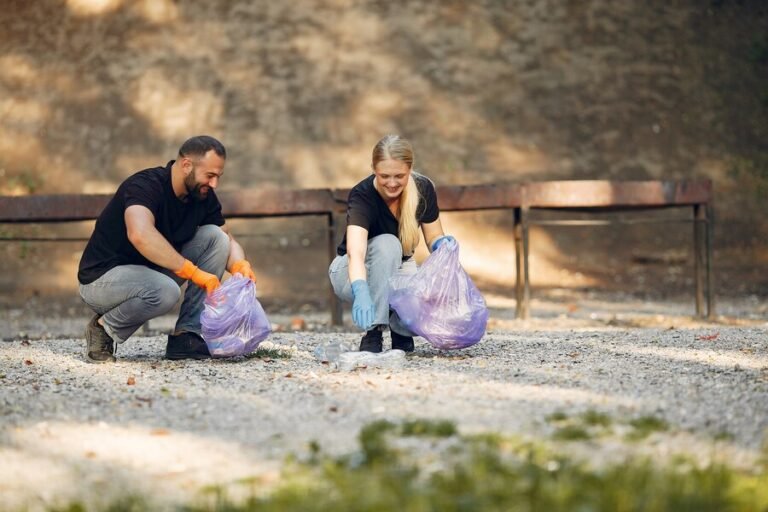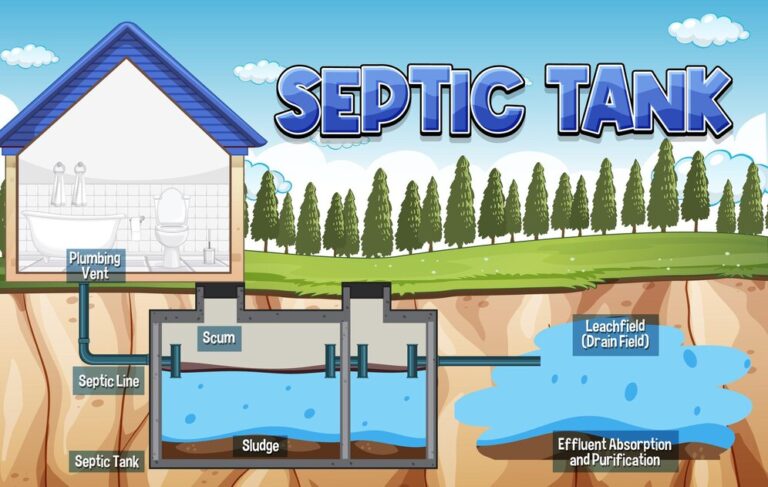5 Best Eco-Friendly Disposable Cutlery Options
Disposable plastic cutlery remains one of the major contributors to plastic waste after use. According to statistics, about 40 billion plastic utensils are discarded annually in the United States alone. This amount of plastic waste is concerning, especially since some of it is not recycled and continues to persist in nature. Plastic waste takes a long time to decompose in landfills, leaching toxins into the environment as it breaks down.
Plastic waste also contributes to ocean pollution. The Ellen MacArthur Foundation estimates that by 2050, we could see more plastics in the ocean than fish by weight. A 2020 study from the Journal of Hazardous Materials found that plastic utensils contribute to the formation of microplastics, which are ingested by marine species and end up in the food chain.
Plastic pollution worsens daily as more plastic is produced and less is recycled. The solution to reducing plastic waste begins with choosing eco-friendly disposable cutlery made from biodegradable materials instead of single-use plastic cutlery. In this guide, we will explore the five best eco-friendly disposable cutlery options to replace single-use plastic. We will also look at expert insights, examine real-world case studies, and provide actionable steps to help you adopt sustainable choices.
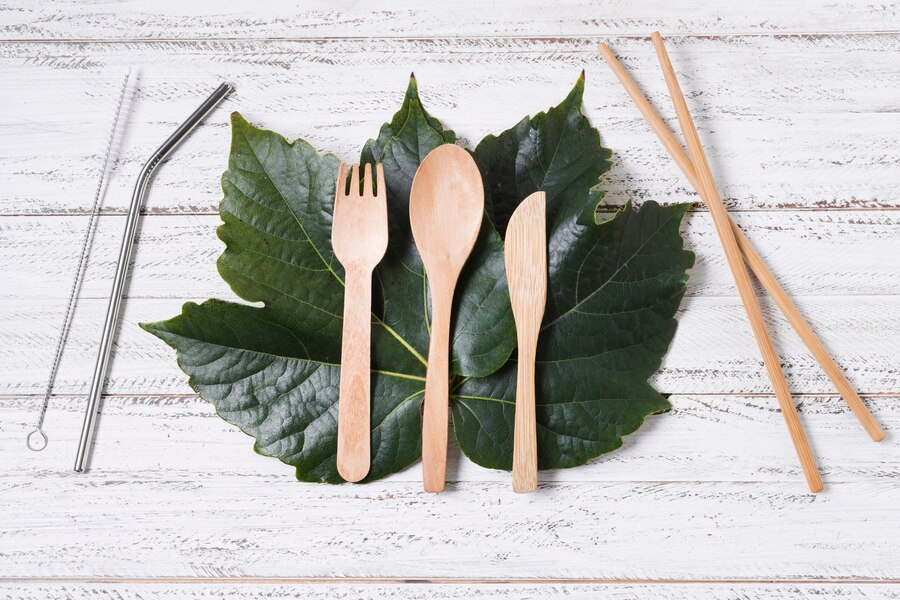
In This Article
- What Is Eco-Friendly Disposable Cutlery?
- Why Choose Biodegradable Cutlery?
- Comparison Table of Eco-Friendly Disposable Cutlery
- Future Trends: What’s Next for Eco-Friendly Cutlery?
- Conclusion
What Is Eco-Friendly Disposable Cutlery?
Eco-friendly disposable cutlery refers to utensils sustainably crafted from biodegradable materials that naturally decompose. These utensils are far better for the environment and human health compared to traditional petroleum-based plastics. Materials used for making these green utensils are sourced from renewable resources, such as palm leaves, wood, plant fibres, paper, and bamboo.
According to Dr. Roland Geyer, an industrial ecologist who has extensively studied plastic pollution, the primary benefit of eco-friendly cutlery lies in its ability to decompose fully in natural environments or composting systems, unlike non-biodegradable plastics, which break down into microplastics, posing long-term ecological threats.
The United Nations Environment Programme (UNEP) also emphasised the importance of choosing biodegradable cutlery over single-use plastic. Research shows that switching to biodegradable cutlery can reduce the volume of plastic waste by up to 30% in urban areas with high disposable cutlery use.
Why Choose Biodegradable Cutlery?
Plastic pollution is present in nearly every corner of the planet. The need for sustainable alternatives extends beyond aesthetic appeal—it offers a practical solution to minimise the devastating effects of plastic pollution. Here’s why biodegradable cutlery should be preferred over single-use plastics:
- Compostable and Biodegradable: Unlike disposable plastic cutlery, biodegradable products naturally decompose in a compost environment. Decomposition happens quickly and without polluting soil or water quality.
- Renewable Resources: Palm leaves, bamboo, and sugarcane are renewable resources that regenerate quickly in nature. These plant-based materials are eco-friendly and more sustainable than petroleum-based plastics.
- Reduction of Microplastic Pollution: Plastic breaks down into microplastics that continue to pollute the environment, especially harming marine species. Biodegradable alternatives completely decompose at the end of their life, leaving no toxic residue behind.
Dr. Richard Thompson, a Marine Biologist at the University of Plymouth,
Known for coining the term “microplastics,” has warned that plastics pose a threat not only because they persist for hundreds of years but because their breakdown products—microplastics—are ingested by organisms at all levels of the food chain, ultimately affecting human health. He encourages the adoption of eco-friendly alternatives, such as biodegradable cutlery, to prevent ocean pollution.
Case Study: France’s Plastic Ban
According to reports, in 2020, France became the first country to ban plastic cutlery, cups, and plates under the Energy Transition for Green Growth Act. According to a report by Agence France-Presse (AFP), the shift to biodegradable alternatives has reduced plastic waste by 50% in the food service sector within two years of the ban. This shows the positive impact of transitioning to sustainable options. and why other countries should follow suit.
Learn More: Why Is Plastic Pollution Bad for the Environment?
#1. Wooden Cutlery: A Renewable Resource with Timeless Appeal
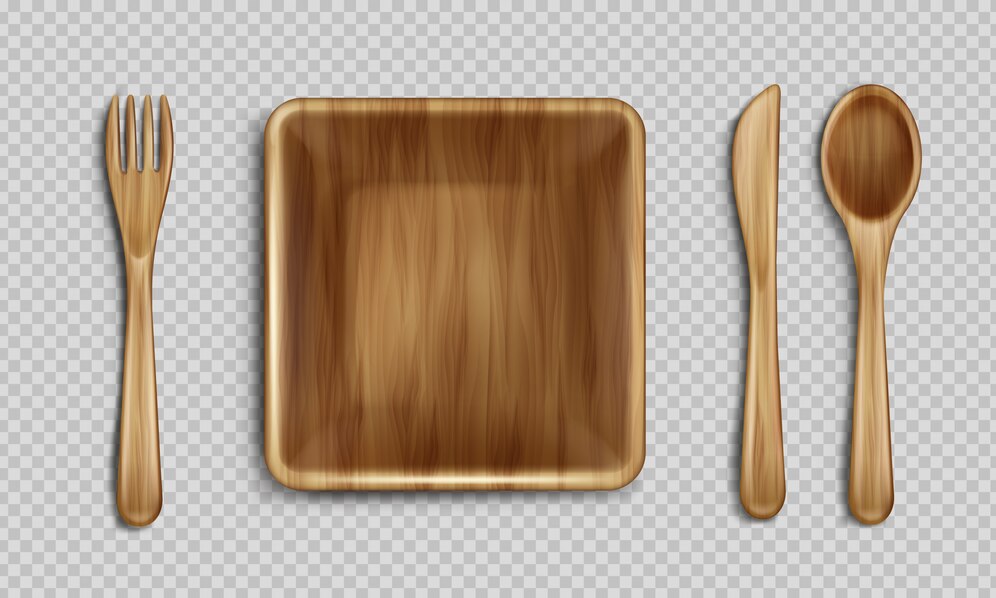
Wood is a renewable resource used for various applications. Disposable wooden cutlery is made from fast-growing trees like birch and bamboo. Wooden utensils are 100% compostable and will naturally decompose in composting systems. Decomposition occurs within a short time, leaving no toxic residues.
Benefits
- Natural Aesthetic: Wooden utensils are durable, sustainable, and have an attractive look, which makes them suitable for eco-conscious events.
- Durability: These utensils are not just sustainable, they are also sturdy and versatile enough to handle both cold and hot foods.
- Compostable: The best feature of wooden utensils is that they can break down in a compost heap, creating zero waste.
Expert Insight
Experts such as Dr Kimberly Nicholas, a senior lecturer in Sustainability Science at Lund University, Sweden and Dr. Leyla Acaroglu, a sustainability expert and UNEP Champion of the Earth, suggest that biodegradable materials like wooden cutlery not only reduce plastic waste but also ensure that materials used come from fast-growing, sustainably managed forests. This makes it a low-impact option, particularly when sourced from certified sustainable forestry operations.
Study on Wooden Cutlery’s Impact
A 2022 study published in the journal Sustainability shows that wooden cutlery has a carbon footprint of about 73% lower than single-use plastic utensils. The study analyses energy consumption in the production processes and disposal methods –a conclusion was made that wooden cutlery remains a sustainable option to reduce carbon emissions and landfill waste.
Drawbacks
- Decomposition Time: Although wooden utensils are compostable, the material takes longer to fully decompose compared to other materials.Splinter Risk: Poorly processed wooden cutlery may pose a splinter hazard.
Real-World Example with Denmark
Denmark is making efforts toward sustainability by increasing the use of wooden cutlery as part of its goal to become plastic-free by 2030. Restaurants in Denmark are transitioning to wooden alternatives, and according to a report by the Danish Environmental Protection Agency, there has been a 20% reduction in plastic waste since 2021.
Learn More: 10 Sustainable Food Practices Examples
#2. Plant Fibre Cutlery: Compostable Utensils from Renewable Sources
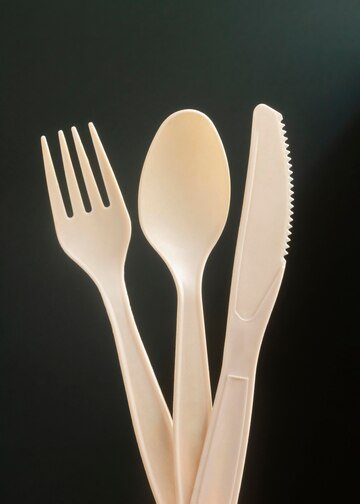
Plant fibres are emerging as a sustainable solution in the culinary world. Plant fibre cutlery is made from agricultural by-products such as corn starch, wheat straw, and sugarcane. This cutlery is 100% compostable and will decompose within two months in commercial composting facilities.
Benefits
- Rapid Decomposition: Plant fibre cutlery decomposes quickly, within less than 60 days.
- Renewable Resource: Plant fibre cutlery repurposes agricultural by-products that would otherwise be discarded.
- Free of Harmful Chemicals: Unlike petroleum-based plastic utensils, plant fibre options are PFAS-free.
Expert Insight
Dr. Sarah Connell, a waste management expert at the University of Michigan, explains, “Plant fibre cutlery, particularly when sourced from sugarcane and wheat straw, is not only compostable but also addresses the dual problem of agricultural waste and single-use plastics. It’s a low-carbon, low-impact solution that integrates well with existing waste systems.”
Case Study: Sugarcane Utensils
Studies such as the one published in Matter (2020) revealed that sugarcane-based cutlery decomposes in about 90 days under suitable composting conditions. The study also found that sugarcane cutlery emits about 70% less carbon compared to plastic utensils during production.
Drawbacks
- Limited Availability: Although plant fibre cutlery is fast becoming more popular, it’s not always available compared to wooden or bamboo alternatives.
- Strength Limitations: These utensils are best suited for softer food, as they may not be as durable as bamboo and wooden cutlery.
Learn More: 10 Eco-Friendly Food Packaging Materials
#3. Bamboo Cutlery: Sustainable, Durable, and Stylish
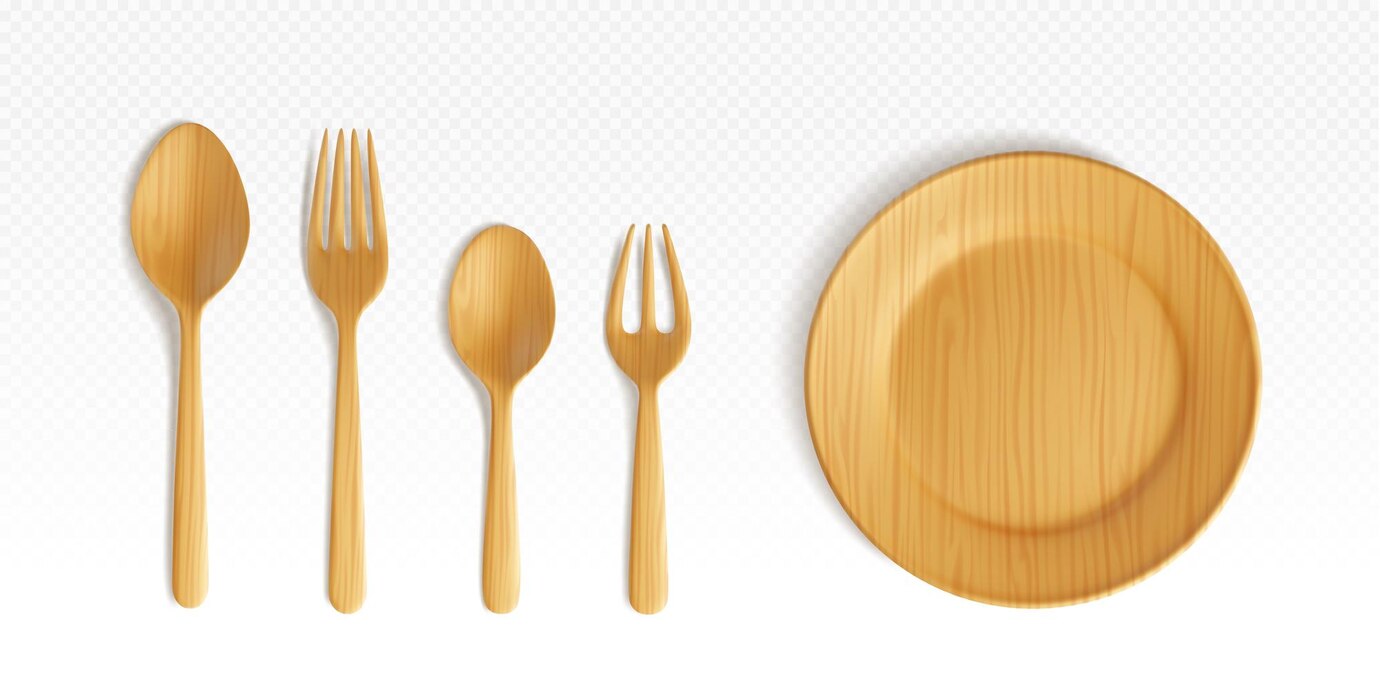
Bamboo is a renewable material used in various applications. Its natural ability to regrow abundantly makes it an ideal choice for cutlery with a low environmental impact.
Benefits
- Fast Growth: Bamboo grows incredibly fast, reaching up to 35 inches per day in some climates.
- Durability: Bamboo utensils are sturdy and can last a long time in kitchens before disposal.
- Quick Decomposition: Bamboo utensils are quick to decompose and will completely biodegrade within four to six months under composting conditions.
Expert Insight
According to experts such as Dr N. Arun Kumar, a scientist from the Indian Institute of Science and Dr Jim Richardson, a researcher at the International Bamboo and Rattan Organisation (INBAR), bamboo’s rapid growth and carbon absorption make it an excellent material for eco-friendly products. Bamboo forests can absorb 35% more CO2 than equivalent timber forests, and bamboo cutlery biodegrades without releasing harmful chemicals.
Case Study: Bamboo Cultivation Projects
A report by the World Bamboo Organisation states that India and China have developed extensive bamboo cultivation projects, not only for sustainable cutlery but for a variety of eco-friendly products. Bamboo cultivation in India has reduced the rural unemployment rate. It has provided employment opportunities to families in low-income communities.
Drawbacks
- Limited Temperature Resistance: Bamboo may not be as heat-resistant as other sustainable materials and can warp under high temperatures.
Study on Bamboo Decomposition
A 2022 study in the Journal of Forest demonstrated that bamboo cutlery fully decomposes in about 70 days when composted in a controlled environment.
#4. Paper Cutlery: Biodegradable and Cost-Effective
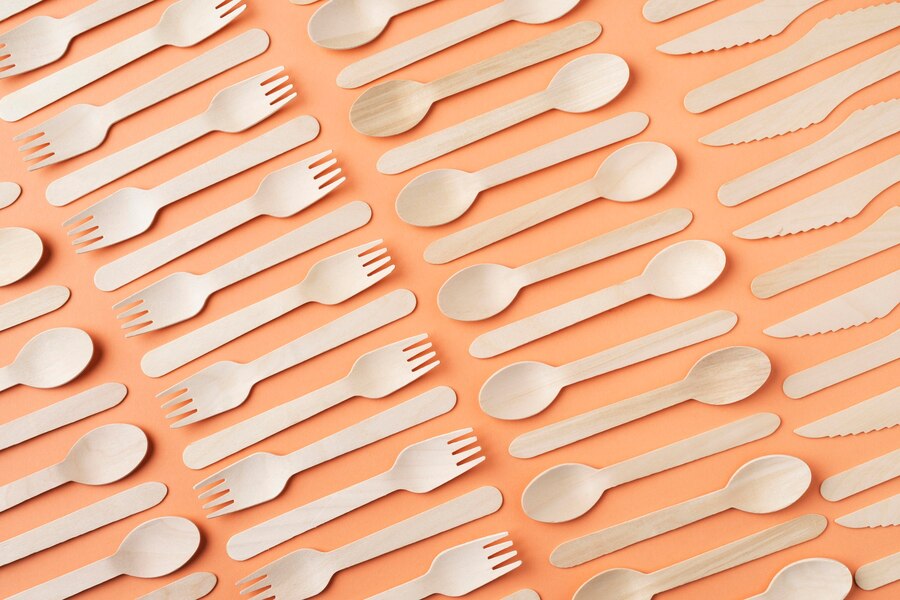
Paper-based cutlery is a new sustainable utensil made from biodegradable and affordable pressed paper pulp. Paper cutlery is lightweight and comes at a lower price, making it an ideal option for environments prioritising sustainability and affordability.
Benefits
- Cost-Effective: The production process of paper cutlery is more cost-effective than that of wooden or bamboo cutlery.
- Rapid Decomposition: Paper cutlery can decompose in as little as two weeks, depending on composting conditions.
- Eco-Friendly Manufacturing: The production process of paper cutlery requires less energy, resulting in a lower carbon footprint.
Expert Insight
According to Dr. William Bennett, a material scientist at MIT, “Paper cutlery offers a low-cost, biodegradable option that is ideal for large-scale use. While it may not be as durable as bamboo or palm leaf cutlery, its minimal environmental impact and rapid decomposition make it a viable alternative to plastic.”
Case Study: Paper Cutlery in the UK
A 2023 report by the UK Environmental Agency revealed that the use of paper cutlery at large events and festivals reduced plastic waste by 25% over two years. The report discussed how quickly paper utensils decompose compared to other biodegradable alternatives.
Drawbacks
- Limited Durability: Compared to bamboo and wooden alternatives, paper cutlery is less durable and may not be suitable for use with hot and heavy foods.
#5. Palm Leaf Cutlery: A Natural and Elegant Option
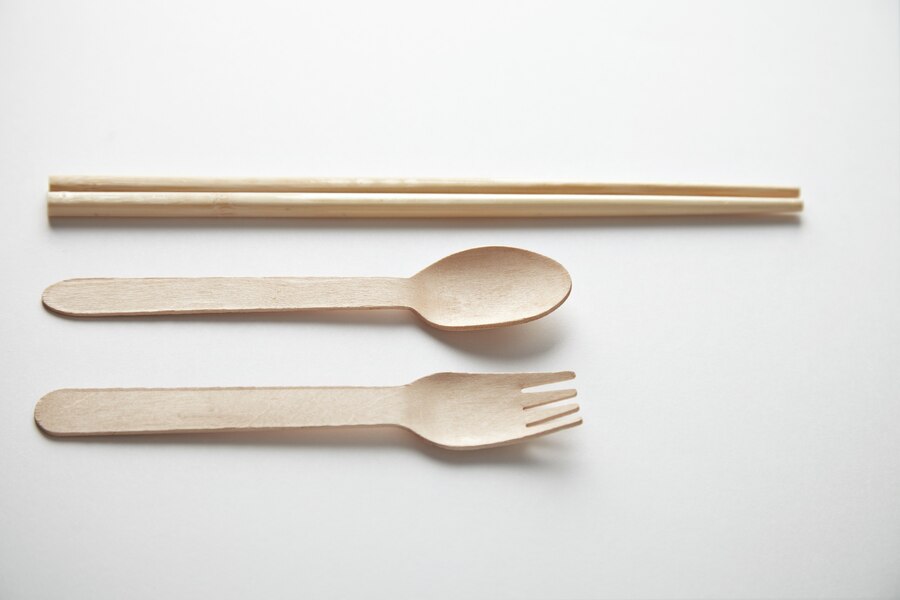
Palm leaf cutlery is made from fallen leaves of the Areca palm tree. It’s widely used in Southeast Asia and has recently gained popularity for its natural aesthetic and low environmental impact.
Benefits
- Completely Organic: Palm leaf utensils are 100% organic, made from fallen Areca palm leaves, ensuring no trees are cut down for production.
- Sturdy and Attractive: Palm leaf cutlery is durable and ideal for eco-friendly events.
- Low Carbon Footprint: Since no additional resources are required for their cultivation or harvest, palm leaves are a sustainably sourced material.
Expert Insight
Dr Anthony Davies, a professor of environmental policy at Oxford University, states, “Palm leaf cutlery not only offers a biodegradable alternative to plastic, but its use can contribute to sustainable agriculture practices, particularly in tropical regions. Farmers who collect and sell palm leaves can generate additional income, improving rural economies.”
Case Study: Palm Leaf Cutlery In India
In Kerala, India, small-scale manufacturers use local Areca palm trees to produce palm leaf cutlery. This industry also provides employment opportunities for families in rural areas. According to a report by the Indian Institute of Forest Management, the palm leaf cutlery industry has created approximately 20,000 new jobs in India since 2019 and has reduced local plastic waste by 35%.
Drawbacks
Cost: Palm leaves are often more expensive compared to bamboo or wooden alternatives.
Availability: Palm leaf cutlery may not always be available in all regions due to limited supply chains.
Comparison Table of Eco-Friendly Disposable Cutlery
| Material | Key Benefits | Drawbacks | Decomposition Time (Composting) |
| Wooden | Durable, compostable | Splinters, longer decomposition | 6-12 months |
| Bamboo | Fast-growing, stylish, reusable | Sensitive to high temperatures | 4-6 weeks |
| Palm Leaf | Organic, natural aesthetic | Limited availability, cost | 6-8 weeks |
| Plant Fibre | Fast composting, renewable | Not suitable for hard foods | 60 days |
| Paper | Cost-effective, rapidly degrades | Limited durability | 2-6 weeks |
Future Trends: What’s Next for Eco-Friendly Cutlery?
Eco-friendly cutlery can be enhanced through advanced research and technology. Nanotechnology and bio-based polymers are being explored to produce more durable and affordable alternatives. According to a 2024 report by Allied Market Research, the global market for biodegradable cutlery is expected to grow by 12% annually due to increasing demand for sustainable products.
Ongoing research studies suggest that the next frontier in sustainable cutlery is the integration of biodegradable polymers and nanotechnology to produce utensils that are as durable as plastic but fully compostable. These advances are likely to make eco-friendly cutlery even more accessible and practical for everyday use.
Conclusion
Choosing eco-friendly disposable cutlery over single-use plastic significantly reduces plastic waste sent to landfills. These utensils are lightweight and, most importantly, can biodegrade within a short period. The transition to sustainable alternatives is crucial, especially at a time when our planet is overwhelmed by plastic pollution. Dr Angela Collins, an environmental expert, emphasises:
“Every small step toward sustainability helps build a more eco-friendly world. Disposable cutlery may seem insignificant, but collectively, these choices can make a massive difference.”


